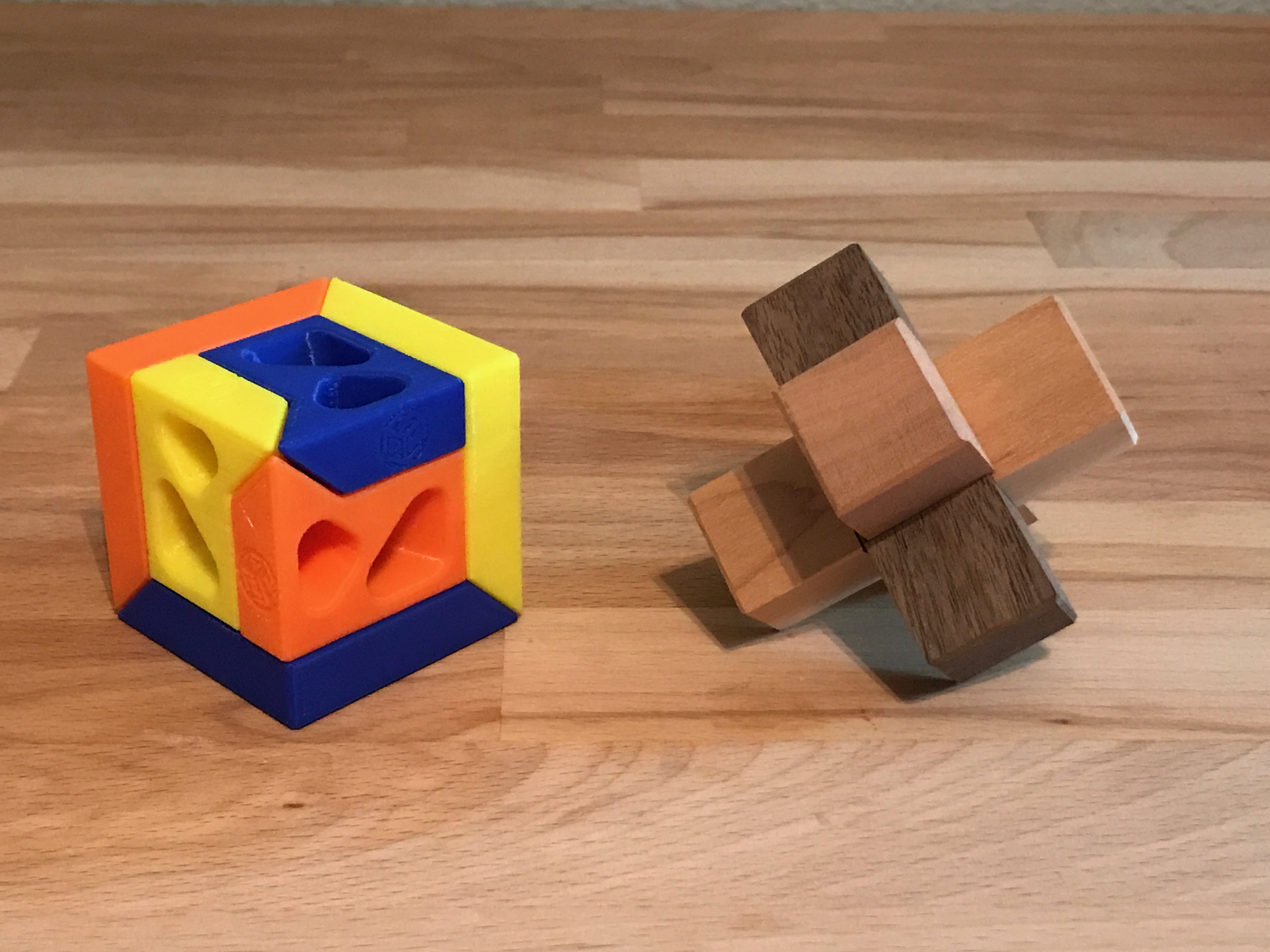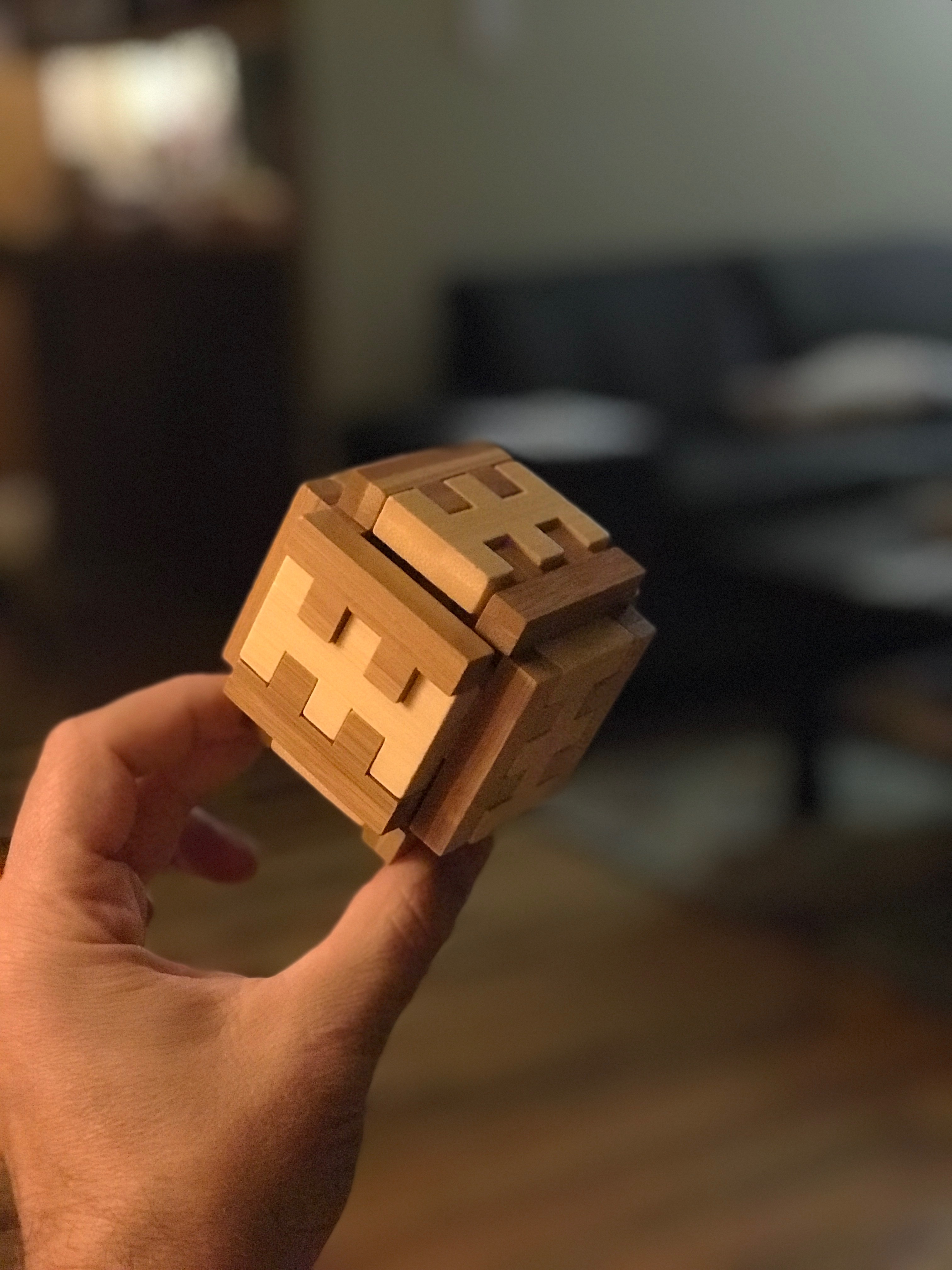September 2018
-
Read More: Bramble Box – Noah PrettymanToday, I have another stunning puzzle from Cubicdissection.com. This one is called Bramble Box and…
-
Read More: Stumbling Blocks – Pit Khaim GohToday we have another amazing puzzle from Cubic Dissection. This one is Stumbling Blocks designed…
-
Read More: Cubyful 2 – Lucie PauwelsI purchased this puzzle last week from Cubicdissection.com and let me tell you, its a…
-
Read More: Wourie – Alfons EyckmansI am excited about this one – “Wourie” is a puzzle designed by Alfons Eyckmans…
-
Read More: Funzzle – GammaAhh, another Funzzle puzzle. This time, its the Gamma. This one looks fairly complex and…





